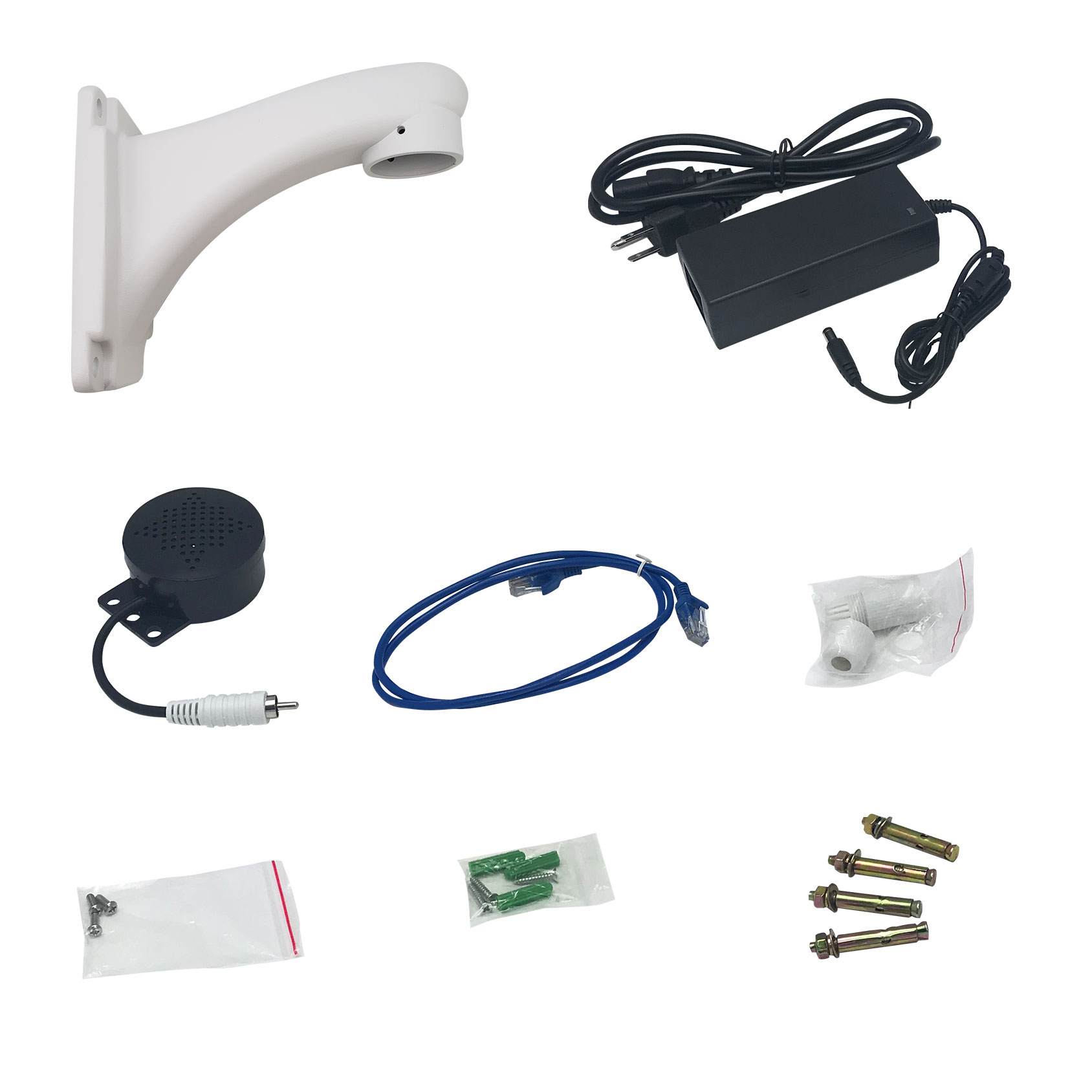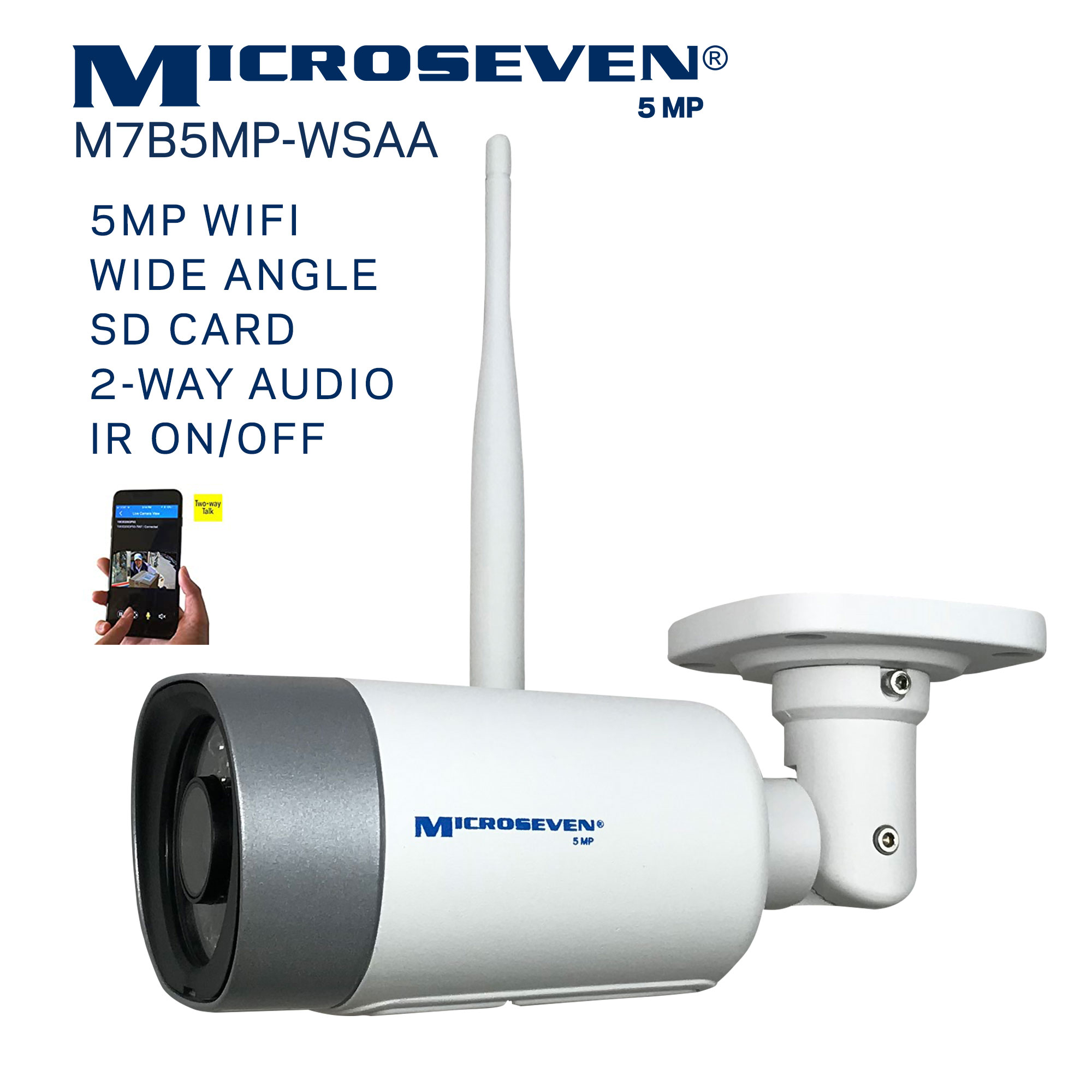

- #OPEN SOURCE IP CAMERA RECORDER FULL#
- #OPEN SOURCE IP CAMERA RECORDER SOFTWARE#
- #OPEN SOURCE IP CAMERA RECORDER CODE#
- #OPEN SOURCE IP CAMERA RECORDER PLUS#
#OPEN SOURCE IP CAMERA RECORDER SOFTWARE#
The number one use of iSpy is small business security, but home monitoring, neighborhood watch, checking in on the kids, desktop monitoring and mobile access through a iSp圜 are valued features.įacial recognition and detection of changes in lighting and audio offer the subtleties that set the software apart from competitors.

Started back in 2007 the software has continually evolved and improved to become a robust, feature rich solution.
#OPEN SOURCE IP CAMERA RECORDER PLUS#
We've added everything in iSpy plus a lot more to Agent.
#OPEN SOURCE IP CAMERA RECORDER FULL#
We have a new platform called Agent which runs as a service and has a full local and remote UI that works on all devices and doesn't require port forwarding for remote access. With more than 2 million users worldwide, iSpy works with more cameras and devices than anything else on the market.

It's compatible with the the vast majority of consumer webcams and IP cameras. In a real deployment you would not want to display the fixation bounding box as it distracts the user, which in turn changes their gaze point.ISpy is the world’s most popular open source video surveillance application. NOTE: The fixation bounding box is for demonstration purposes only. we’re looking at an object) determine the (x,y,z) of the centre point of that marker in order to determine where it is in 3D space relative to the camera. If a recognised marker is within that box (i.e.

I have achieved very good results with this particular eye-tracker and the development SDK (C# only at this point in time) provides gaze and fixation event streams out of the box allowing you to build working models pretty quickly.įeature Matching + Homography + Eye Tracking and Gaze Fixation to identify objects and locate them in space.ĭetermines fixation start and end points, and for the duration, draws a bounding box around the fixation area of interest (AOI) on the screen. NOTE: Eye-trackers are rapidly becoming a commodity item, and at the time of writing, the Tobii EyeX developer kit was available for $99USD.
#OPEN SOURCE IP CAMERA RECORDER CODE#
The code here deals with the camera’s mpeg stream directly and passes each image in that stream to OpenCV for consumption. I’ve had trouble with OpenCV and mpeg streams (even though OpenCV has support for this) as was the case in this instance with an Ai-Ball Wi-Fi camera. NB: Change the url to suit your particular camera. start ()Ĭongratulations, you’re now streaming content into OpenCV. sleep ( 1 ) return True if _name_ = "_main_" : url = '' cam = Cam ( url ) cam. thread_cancelled = True #block while waiting for thread to terminate while self. thread_cancelled = True def is_running ( self ): return self. waitKey ( 1 ) = 27 : exit ( 0 ) except ThreadError : self. find ( ' \xff\xd9 ' ) if a !=- 1 and b !=- 1 : jpg = bytes bytes = bytes img = cv2. start () print "camera stream started" def run ( self ): bytes = '' while not self. run ) print "camera initialised" def start ( self ): self. Import numpy as np import cv2 import time import requests import threading from threading import Thread, Event, ThreadError class Cam (): def _init_ ( self, url ): self. As getting vision from an IP camera into OpenCV is an unnecessarily tricky stumbling block, we’ll only concentrate on the code that streams vision from an IP camera to OpenCV which then simply displays that stream.


 0 kommentar(er)
0 kommentar(er)
